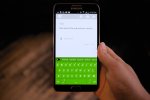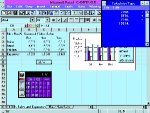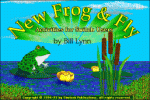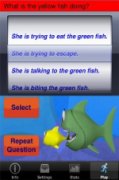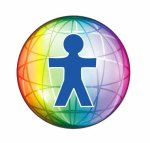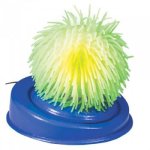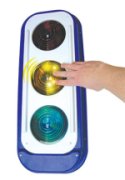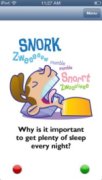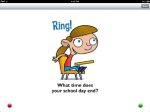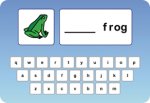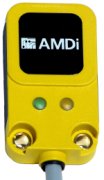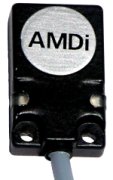Products that match: Play
374 Results
Note: Changing any of the the sort, count or discontinued filters below will cause the page to reload.
Operating System
An on-screen keyboard designed to work on any sized device and for people with big fingers or grasping difficulties. It forgoes the QWERTY layout for a single-line of characters. It automatically autocorrects misspelled words and continues to "learn" the user's typing patterns.
Keyboard interface program designed to allow a mouse or any other pointing device to operate within Windows without, or as an addition to, a keyboard.
On-screen keyboard program designed for industrial and commercial applications to allow a mouse or any other pointing device to operate within any Windows program without, or as an addition to, a keyboard.
A cause and effect training program designed for use by children with cognitive or communication disabilities.
An on-screen keyboard program designed for use by people who have limited mobility, such as people suffering from muscular dystrophy, multiple sclerosis, stroke, or similar handicaps or disabilities.
Biofeedback-based cognitive and behavioral training program designed for use by children with cognitive or learning disabilities affecting attention, concentration, or focus. Users complete a series of video game-like exercises that are controlled by the mind alone and can see and hear real-time feedback of how they are progressing in focusing, finishing tasks, increasing memory, and filtering out distractions.
A drawing and graphics program that allows for the creation of posters, calendars, banners, newsletters, and greeting cards for individuals with a physical disability.
A chin, lip, or tongue mouse controller designed for use by individuals with severe physical or neurological disabilities, upper extremity amputation, or spinal cord injury.
A language and reading tutorial app designed for use by parents and teachers working with children with low vision, learning, communication, cognitive or hearing disabilities or autism.
A language intervention program for students with disabilities who have a core vocabulary of nouns and verbs but are having difficulty conveying meaning.
Software that uses a phonetic approach to help spelling-disabled children and adults spell better. Instead of spelling words by trying to remember the letter sequence, users spell the words based on what they sound like.
A free communication environment featuring an on-screen keyboard designed for use by individuals who cannot use a keyboard or mouse.
A neon stretchy noodle switch.
A lip, tongue, chin, finger or toe-operated USB mouse designed for individuals with spinal cord injury or upper extremity amputation or disability.
A wall-mounted, touch-activated toy designed to introduce children with cognitive or physical disabilities to cause and effect concepts and to identify traffic lights and their meaning.
A speech training flashcard and language tutorial program designed for use by speech and language therapists and parents working with children who have communication or speech disabilities or autism.
A speech training flashcard and language tutorial program designed for use by speech and language therapists and teachers working with children who have communication or speech disabilities or autism.
A multi-player speech training and language tutorial game designed specifically to help children who have communication or speech disabilities or autism answer and ask WH questions.
An introduction to the keyboard by using speech, phonics, and Widgit Symbols in colorful letter exercises to teach literacy skills to users who have difficulty with text or communication.
A low-profile mechanical switch that requires a few grams of pressure to activate. With a click sound to signal activation, it sits on a slightly angled platform for easier access.
Switch that provides a range of activation distances. Proximity sensors can be activated when a body part comes into its range without actually touching the switch.
A switch that works best when the eye-blink is the only movement the user is able to perform. The sensor is capable of discriminating between random eye-blinks and a purposeful, controlled eye-blink.
A round switch suitable for users who need to use their head to activate a switch.
A general-purpose switch. This proximity sensor is small enough to use as a head switch and sensitive enough to activate through a padded headrest or lap tray.
A switch that has a small package size and can easily fit into small places.

